One of the earliest texts that contains information about Vietnamese history is a fifteenth-century work known as the Arrayed Tales of Selected Oddities from South of the Passes (Lĩnh Nam chích quái liệt truyện 嶺南摭怪列傳) [“Arrayed Tales” for short]. This text contains stories about various famous people from Vietnamese history.
However, there is something strange about its preface. The preface is written from what we could call a “Chinese perspective.” Here is how it begins:
“Although the Cassia Sea is in [the area of] South of the Passes, marvelous mountains and streams, potent land, outstanding people, and miraculous affairs perhaps can all be found there.”
桂海雖在嶺南,然山川之奇,土地之靈,人之英豪,事之神奇,容或有之。
The geographic names mentioned in this opening sentence (Cassia Sea and South of the Passes) are geographic terms that were created by Chinese authors in the past and which reflect the world as it was seen from their perspective.
The “Cassia Sea” (Quế Hải/Guihai 桂海) is a reference to the coastal areas to the south of the Five Passes (Ngũ Linh/Wuling 五嶺) which run along the northern border of what is today Guangxi and Guangdong Provinces, and which separate the area of “South of the Passes” (Lĩnh Nam/Lingnan 嶺南) from the areas to the north.
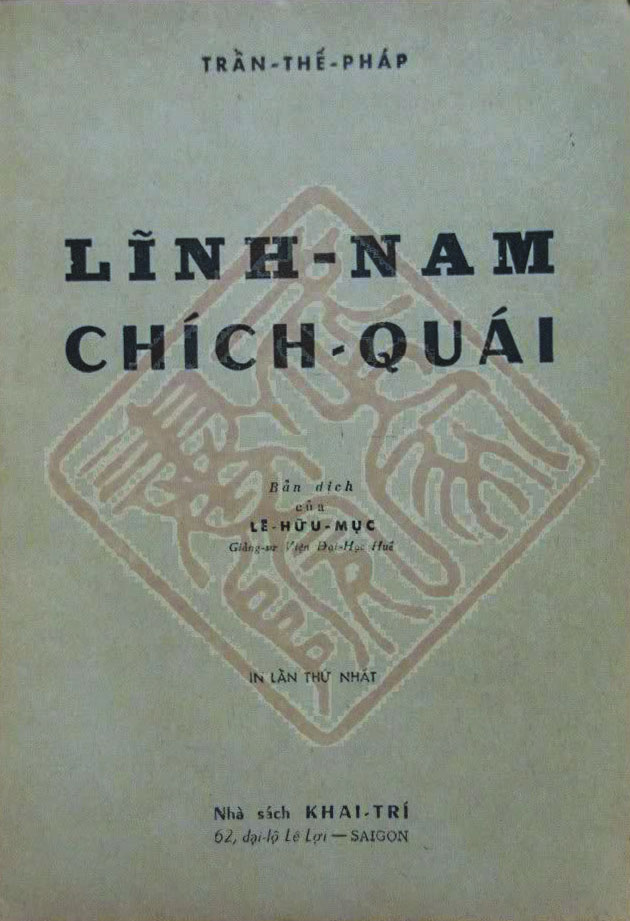
From locating Vietnam in space by using Chinese geographic terms, this preface than discusses the Vietnamese past in terms of Chinese historical periods. To quote:
“From the time before the Spring and Autumn and Warring States periods, not that far from antiquity, Southern customs were still simple. There were not yet any histories of the kingdom to record affairs. Therefore, [information about] most affairs has been lost. That which was fortunate to continue to exist and not be destroyed were just the oral transmissions of the people. Then during the Two Han [Dynasties], the Three Kingdoms, the Eastern and Western Jin, the Northern and Southern Dynasties and into the Tang, Song, Yuan and Ming there were finally historical accounts to record affairs, such as the Treatise on Lingnan, the Extensive Record of Jiao Region and the Brief Treatise on Jiaozhi, that can be clearly consulted.”
自春秋戰國以前,去古未遠,南俗猶簡易,未有國史,以記其事。故其事率多遺忘,其幸存而不泯者,特民間之口傳耳。迨兩漢三國、東西晉,既唐宋元明,始有史傳,以載其事,如嶺南志、交州廣記、交趾略志等書,歷歷可考。
There are some problems with the names of the texts listed here (see here for an explanation), but they are all Chinese texts.
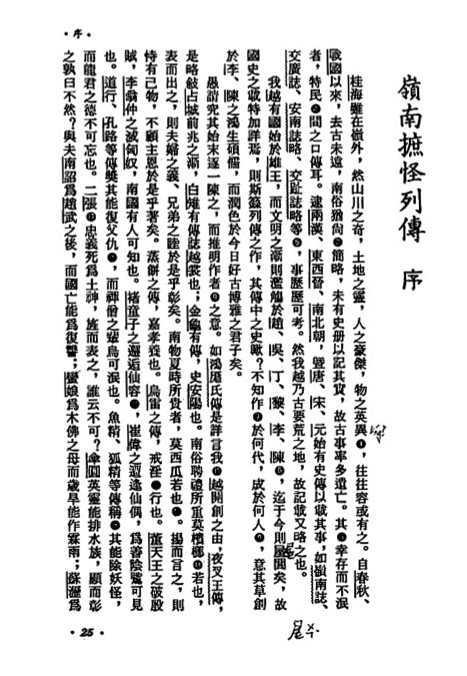
After locating Vietnam in time and space based on a Chinese perspective, the preface then provides some brief comments from what we can call a Vietnamese perspective, but even that passage contains yet another geographic term that is seen from the Chinese perspective – the distant wilds (yếu hoàng 要荒), an ancient Chinese term for the area to the far south of their world.
To quote:
“However, Our Việt is the land of the ancient distant wilds. Therefore, the records about it are sparse. Nonetheless, its kingdom began with the Hùng kings. Then the gradual spread of civility reached the Triệu, Ngô, Đinh, Lê, Lý, Trần, and now is overflowing into the sea. Therefore, records of the history of the kingdom have become particularly detailed.”
然我越乃古要荒之地,故記載又略之也。然其國始於雄王,為文明之漸,濫觴於趙吳丁黎李陳,迄今則尾閭矣,故國史之載,特加詳焉。
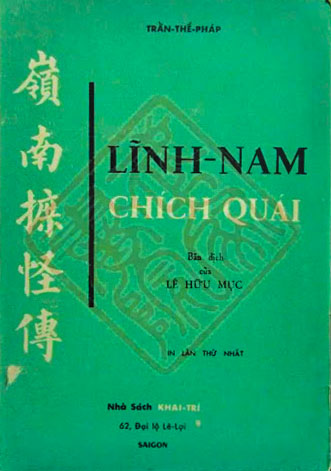
This preface was written in 1492 by a scholar by the name of Vũ Quỳnh. Why would a Vietnamese scholar write in this manner at that time? It doesn’t make sense. Another early Vietnamese text, the fourteenth-century collection of biographies of spirits, the Việt Điện U Linh Tập (越甸幽靈集), did not start in this way. It just made reference to the realm of the “August Viet” (Hoàng Việt 皇越).
Why was the Arrayed Tales different? This might have something to do with the way that this text was created. A scholar by the name of Trần Thế Pháp is reported to have compiled this text earlier in the fifteenth century. Then in 1492 when Vũ Quỳnh wrote a preface to the Arrayed Tales he stated that,
“In the spring of the nhâm tý year [1492 C.E.] in the Hồng Đức reign, I first made a copy of this account. When I opened it and read it, it was an absolute chaos of mistaken characters. Disregarding its vulgarity, I examined and corrected it. I organized it into two fascicles, titled it the Arrayed Tales of Selected Oddities from South of the Passes, and stored it at home for perusal.”
洪德壬子仲春,愚始抄得舊傳,披而閱之,不能無魯魚陰陶之舛,於是忘其固陋,校而正之,厘為二卷,目為嶺南摭怪列傳,藏于家,以便觀覽。
So when Vũ Quỳnh first saw this text, it was in bad shape. He made some changes to it, and gave it a title. However, where did that text come from? And what exactly did it look like when Vũ Quỳnh first saw it? And why did he name it the way he did? And why did he write the preface the way he did?
To answer those questions, it might help to look at some texts that were created earlier in that century during the period of the Ming occupation of Vietnam.
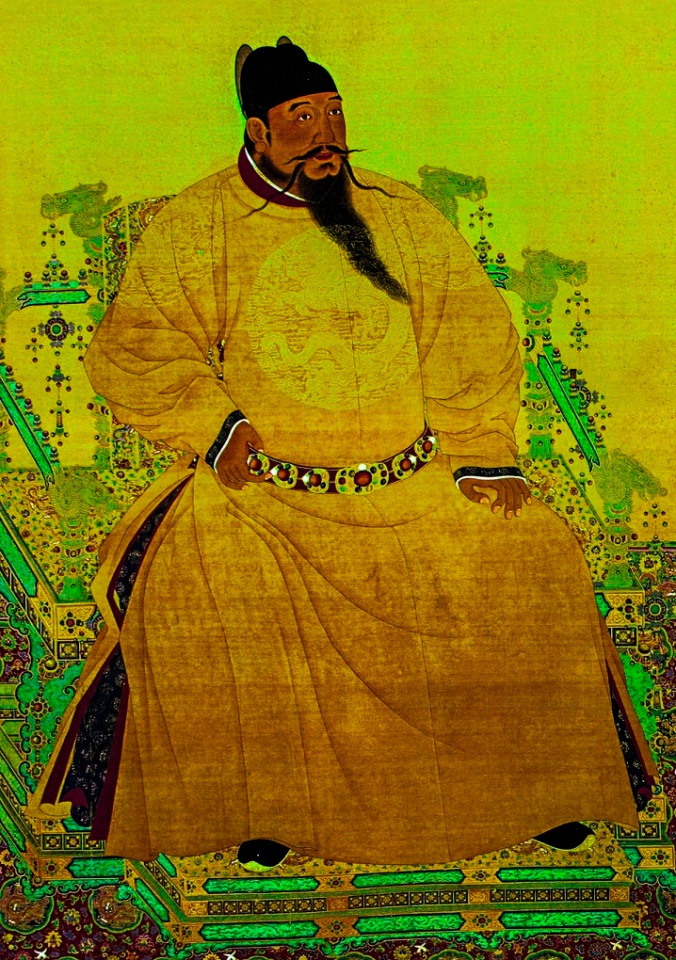
During the Ming occupation, Ming officials (together with the Vietnamese officials who served the Ming administration) collected a lot of information about Vietnam. They did this because the Ming created a gazetteer (a geographic record) of the region.
That text was called the Comprehensive Gazetteer of Jiaozhi (Jiaozhi zongzhi 交阯縂志) but it appears to have been lost. Chinese scholar Zhang Xiumin argued that part of this text is contained in a seventeenth-century Chinese work called the An Nam chí nguyên/Annan zhiyuan 安南志原.
I’m not sure if that’s correct, but it is clear that the information in the Annan zhiyuan dates from the time when the Ming was collecting information to include in their gazetteer.
What is more, several of the prefaces to different sections of that work are similar in style to the preface to the later Vietnamese text, the Arrayed Tales. In particular, these preferences make reference to the fact that Vietnam is far away from the Chinese world, and they comment on the lack of available information about the Vietnamese past.
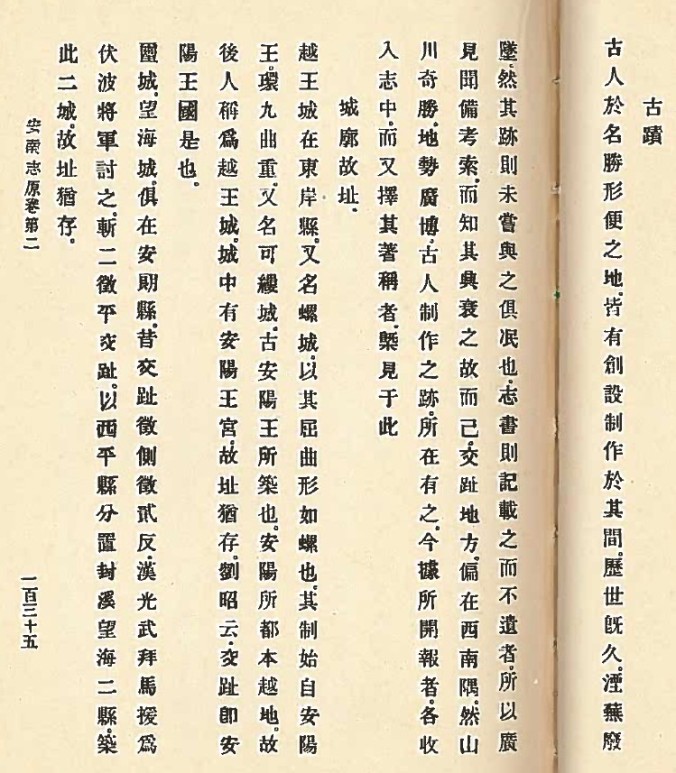
Here, for instance, is how a section on ancient remains (cổ tích 古蹟) begins:
“The land of Jiaozhi [Giao Chỉ] is far off in the southwestern corner [of the world as it was known to Chinese at that time], however its mountains and streams are wondrous and its land is vast. The traces of the activities of ancient people can be found everywhere. At present all that is being reported is being collected into the gazetteer, and I have selected the most famous to be presented here.”
交趾地方,偏在西南隅,然山川奇勝,地勢廣博,古人制作之跡,所在有之。今據所開報者,各收入志中,而又擇其著稱者,槪見于此。
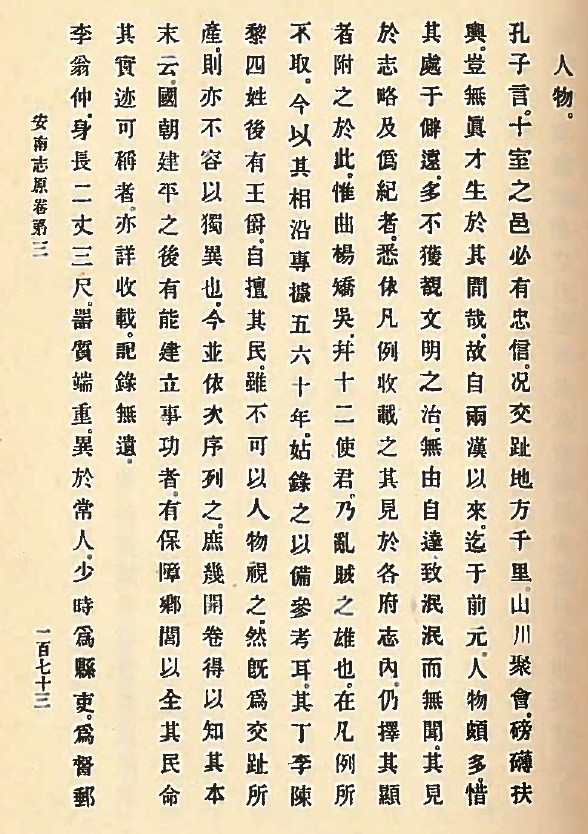
And here is how a section on important people (nhân vật 人物) begins:
“Confucius said that in a village of ten households there must be those who are loyal and trustworthy. As for Jiaozhi [Giao Chỉ], its land of a thousand leagues with its congregation of mountains and streams so boundless and majestic, could it be that no true talents have ever been born in its midst?
“Indeed, from the time of the two Han [Dynasties] up to the former Yuan [Dynasty] there have been quite a lot of notable people. Unfortunately, being located in such a remote region, not able to witness much enlightened rule, and with no means to overcome the distance, [such people] remained obscure and unknown. Those who are recorded in treatises and fake chronicles [ngụy kỷ – probably a reference to Vietnamese dynastic chronciles] have all been collected and presented in order here. Of those who are recorded in prefectural gazetteers, the most notable have been included here.”
孔子言,十室之邑必有忠信。況交趾地方千里,山川聚會,磅礴扶輿,豈無真才生於期間哉。故自兩漢以來,迄于前元,人物頗多。惜其處於僻遠,多不獲覩文明之治,無有自遠,致泯泯而無聞。其見於志略及偽紀者,悉依凡例收載之。其見於各府志内,仍擇其顯者附之於此。
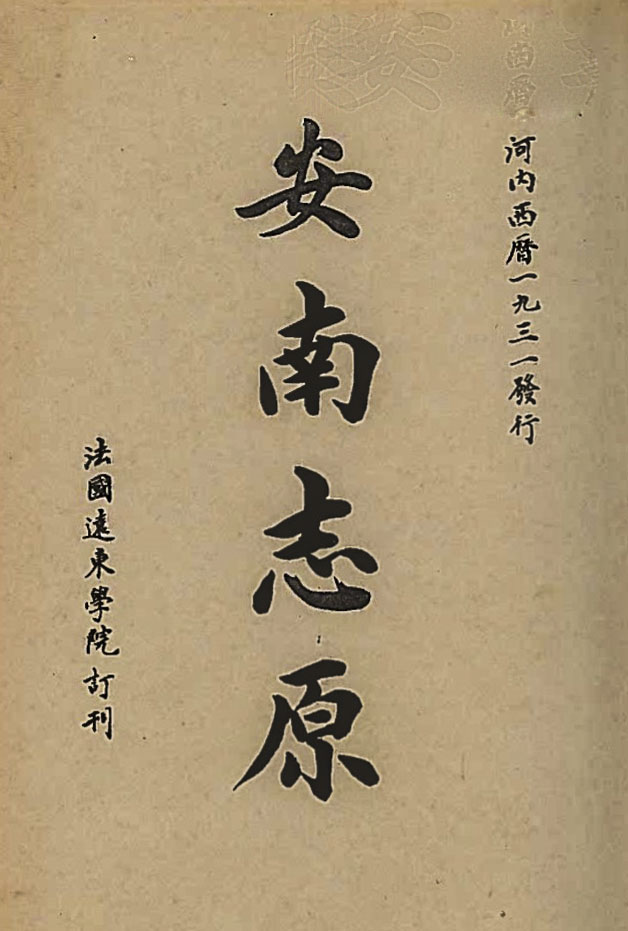
Both of these prefatory remarks resemble the preface in the Arrayed Tales in the way that they locate Vietnam in space by referencing Chinese geographical concepts. The second example is also similar to the preface in the Arrayed Tales in the way that it mentions how little information remains from the past, and in doing so, it references Chinese historical periods, as the Arrayed Tales does.
What is more, these two sections contain information about some of the same historical figures that are discussed in the Arrayed Tales.
These similarities make me wonder if it might be the case that the Arrayed Tales was first compiled based on some of these materials that were collected during the Ming occupation. We can see from the Annan zhiyuan that a lot of information was collected at that time.
This is clear, for instance, in the following prefatory remarks to a section on assorted records (tạp chí 雜志):
“The mountains and rivers in Jiaozhi/Giao Chỉ are strange and the types of people are also odd, customs are different, and there are many hidden marvels. Now, based on the Brief Record of Annan [An Nam chí lược], the Outer Annals of Nanyue [Nam Việt ngoại kỷ], as well as old customs [cựu tục] that have been passed down [tương truyền] and the reports that have been made [khai báo] at the sub-prefectures [châu] and districts [huyện], all the [information on these topics] has been recorded in each prefectural gazetteer [phủ chí], and the most surprising information has been selected and appended here.
交趾之山水奇怪,而人之種類亦異,習尚不同,幽怪且多。今據安南志略,南越外紀,及舊俗相傳幷州縣所開報者,盡收載於各府志中,而又撮其尤可駭愣,附著于此。
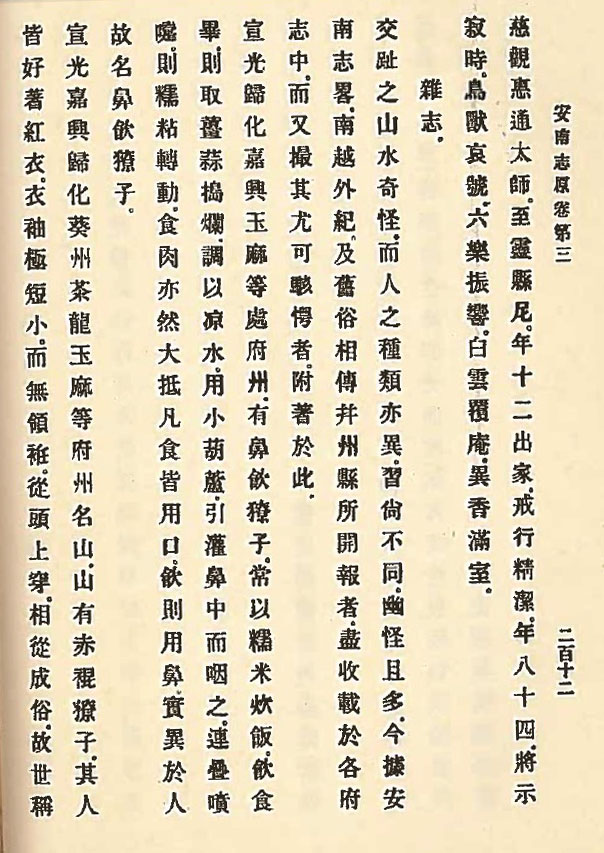
What this passage indicates is that during the Ming occupation the Ming officials (and the Vietnamese who worked together with them) undertook a major project to record information about the region. Information was collected at the district (huyện) and sub-prefecture (châu) levels, and that information was then transmitted to the prefectural (phủ) level.
After that, the information from the prefectural compilations must have been used to compile the Comprehensive Gazetteer of Jiaozhi (Jiaozhi zongzhi 交阯縂志).
What this means is that a lot of information about Vietnam was collected and compiled (by both Chinese and Vietnamese) at that time for the Ming. What is more, the eventual form that this information took reflected a “Chinese” perspective. This is obvious in a work like the Annan zhiyuan.
However, Vũ Quỳnh’s preface to the Arrayed Tales, a work which contains some of the same information about historical figures as the Annan zhiyuan, also reflects a Chinese perspective. So could it be that the Arrayed Tales and Vũ Quỳnh’s preface are all based on materials that were collected during the Ming occupation period? And that Vũ Quỳnh unconsciously reproduced the perspective of some of those documents in his preface?
This was a time when, and world where, there were not a lot of texts (yes, the Chinese burned some, but many others were destroyed in other conflicts, with the Cham, with Vietnamese rebels – Lê Quý Đôn wrote a famous preface about that). Scholars had to make use of what little was available. . .